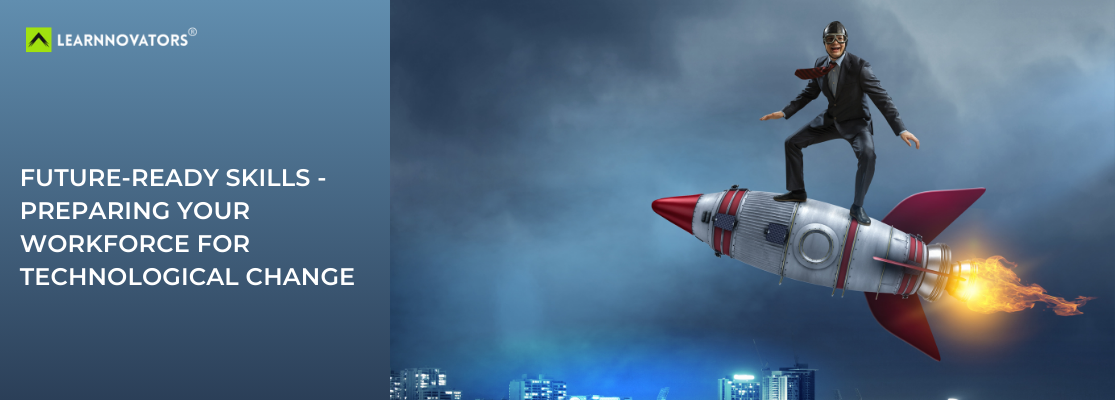Technological change is happening all around us, faster than ever before. Innovations like artificial intelligence (AI), automation, and data analytics are transforming industries and redefining how we work. For organizations, staying competitive means equipping their teams with the right skills to navigate these shifts successfully. But bridging the skills gap requires more than just training programs – it calls for a thoughtful, proactive approach to workforce development. So, how can organizations prepare their teams for the challenges and opportunities that come with technological advancements?
- Understand the Shifts
The first step in preparing your workforce for technological change is to fully understand the shifts happening in your industry. Emerging technologies like artificial intelligence, data analytics, and automation are revolutionizing the way we work. For example, AI is transforming decision-making processes, data analytics is enabling data-driven strategies, and automation is streamlining operations. To ensure your workforce is aligned with these changes, it’s crucial to conduct a comprehensive skills audit. This audit will help identify the competencies needed to leverage these technologies effectively. By pinpointing specific skills gaps within your team, you can develop targeted training initiatives that empower employees to harness emerging technologies and stay ahead of the curve.
- Focus on Upskilling and Reskilling
Learning is not a one-time event but a continuous journey. Upskilling and reskilling are two strategies that can help your team stay competitive. Upskilling refers to enhancing the existing skills of employees to keep pace with evolving tools and technologies. Reskilling, on the other hand, focuses on teaching employees new skills, enabling them to transition into new roles or responsibilities. Both strategies are critical in fostering a culture of adaptability, which is essential for navigating the challenges of technological change. By investing in upskilling and reskilling programs, organizations can ensure that their employees remain relevant and capable in the face of change.
- Emphasize Digital Literacy and Problem-Solving
Digital literacy is no longer optional – it’s a foundational requirement in today’s workplace. Employees must be proficient in using digital tools, from basic software to advanced systems. However, digital literacy alone isn’t enough. To thrive, employees also need strong problem-solving skills. The combination of digital proficiency and critical thinking enables individuals to approach challenges with creativity and confidence. Training employees to think critically, analyze data, and solve problems effectively will not only enhance their technical abilities but also make them more valuable assets to the organization.
- Encourage a Growth Mindset
A growth mindset is essential for navigating technological change. When employees view challenges as opportunities to learn and grow, they are more likely to embrace change rather than resist it. Organizations that foster a growth mindset encourage individuals to be open to new ideas, take risks, and view setbacks as stepping stones to success. Embedding this mindset into your organizational culture helps to create an environment where continuous learning and development are not only encouraged but celebrated. Employees with a growth mindset are more resilient, adaptable, and enthusiastic about acquiring new skills, all of which are crucial for staying ahead of the curve.
Preparing your workforce for technological change is not just about developing skills – it’s an investment in your organization’s future. By focusing on continuous learning and targeted skill-building, companies can build a workforce that is both future-ready and capable of navigating the challenges of a technology-driven world. The most successful organizations are those that prioritize ongoing development and actively nurture a culture of adaptability, problem-solving, and growth.






